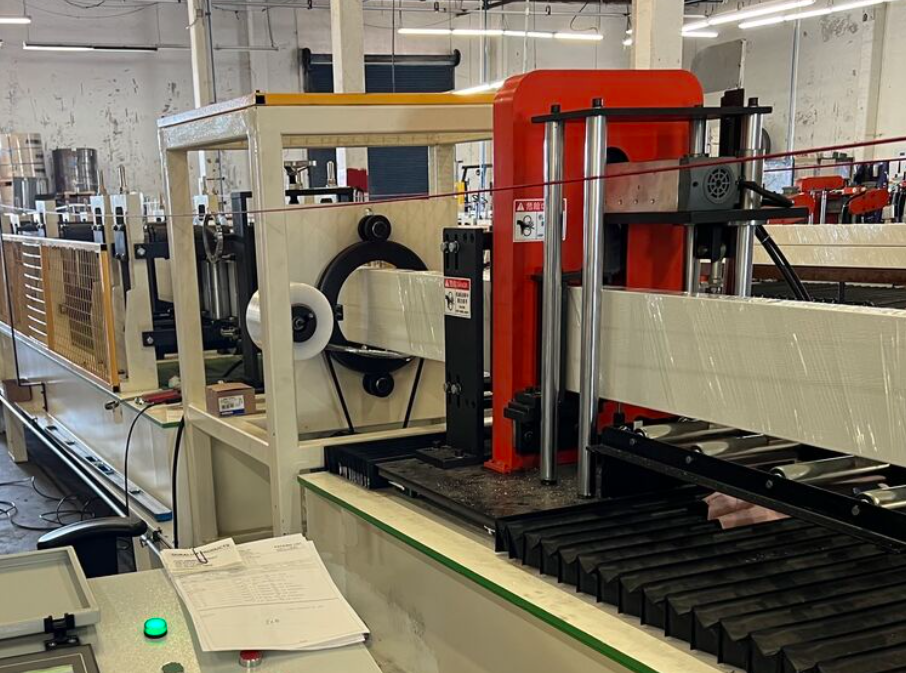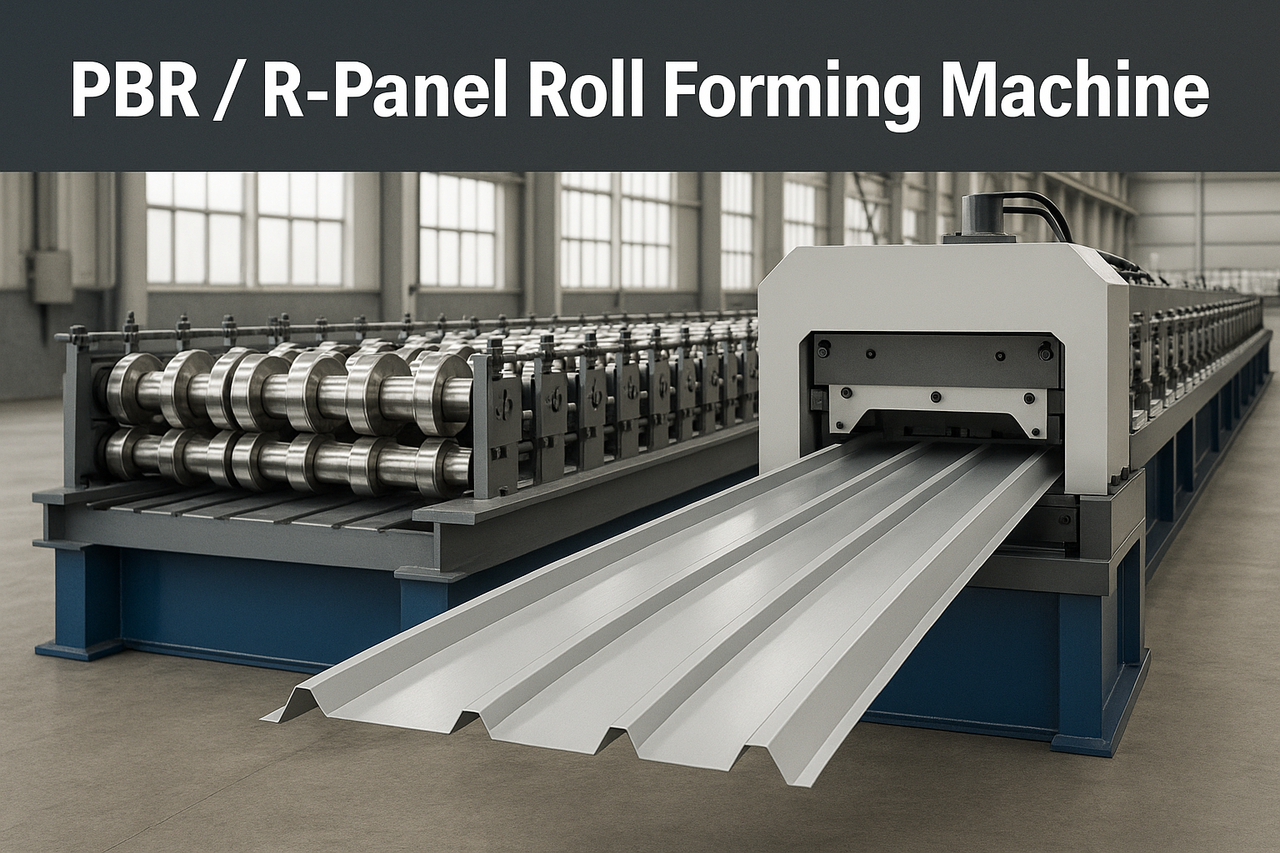
Posted on Wednesday, October 9, 2024
A flying cutoff machine is an essential component in roll forming systems, designed to enhance production efficiency by enabling the continuous operation of the machine while cutting metal profiles to precise lengths. Unlike traditional cutoff methods that require the machine to stop for each cut, flying cutoff systems allow for seamless, uninterrupted processing.
In summary, flying cutoff machines are crucial in modern roll forming lines, enabling manufacturers to produce high-quality metal profiles quickly and efficiently while minimizing operational interruptions.

32/1000 Box Profile Roll Forming Machine – Complete Guide & Specifications
Posted on Sunday, November 16, 2025
High-performance 32/1000 box profile roll forming machine for roofing and cladding. Full specifications, profiles, applications, pricing

PBR / R-Panel Roll Forming Machine – Complete Guide & Specifications
Posted on Sunday, November 16, 2025
PBR / R-Panel roll forming machine for roofing and wall cladding. Full specs, profiles, applications, pricing, and global buying guide. Built to order.

Posted on Sunday, November 16, 2025
How to Diagnose and Fix the Hidden Electrical Problems That Cause Downtime
Copyright 2025 © Machine Matcher.